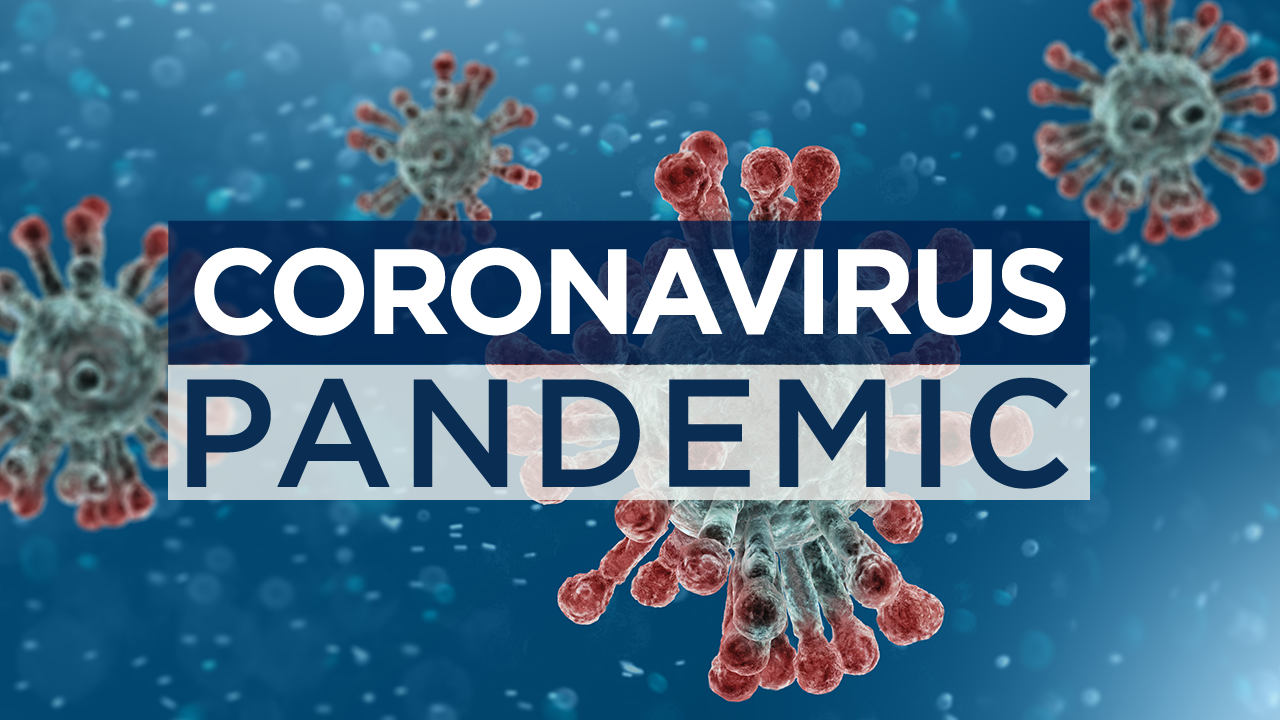In the realm of infectious disease, a pandemic is a worst-case scenario when an epidemic spreads beyond a countries borders and causes an overwhelming threat or death toll worldwide or some major parts around the globe. The recent COVID19 outbreak shows that men still need to learn the safest battle against pandemics/viruses, and people need to know more about the viral disease.
Dr. Younas is a famous science writer credited for the numerous excellent and informative articles, published in reputable Pakistani magazines like Global Science, No Nihaal, Taleem o Tarbiyat, and others. More often then not, he writes on Biology, Chemistry, and health issues, and elaborate facts from medical science in a simplistic manner that caught the overwhelming attention of layman in Pakistan. Dr. Younas has done his MBBS from Dow Medical College Karachi and currently practicing in the Dow School of health sciences.

Here, we are presenting a few excerpts of his recent conversation with Shahzaib Siddiqui, a science writer, researcher, and contributor to Scientia Pakistan.
Shahzaib: Please explain what is, first of all, a virus and whether it is living or non-living thing?
Dr. YK: Scientists are still feeling confused regarding the exact answer to this question. The virus does not fulfill the usual criteria for defining life. It does not reproduce; it has no metabolism and no protoplasm either. It is an obligate parasite, which means that it thrives on other living things only. It has a simple structure and a size varying from 10nm to 300nm. It has no organelles. It is a briefcase of protein with DNA or RNA, any one of the two, and an external envelope of lipid. This lipid is the same as butter and oil and can steal from the host.
Shahzaib: How does Coronavirus attack the cell?
Dr. YK: Well, it can’t move or fly or exhibit any other kind of locomotion. It is transferred from host to host. In the case of the Corona, it transfers via the respiratory system. It can transmit by coughing, sneezing, and even simple breathing. It is important to note that when a patient coughs or sneezes into his hands and then touches various objects like doorknobs and keyboards. It is very much possible that the virus can land on another person’s hand when the same things are touched. And we touch our mouth and face with these infected hands, yes, the virus can be transmitted. This is an ideal and classical way for the spread of Corona. That is because maintaining distance from a visibly sick person who is coughing is easy, but you never know about the things you touch in daily life.
Shahzaib: How is the virus? Can Coronavirus be upgraded or mutated?
Dr. YK: In a normal evolution process, the mutations are prevalent. Cells have repairing systems. Since this virus depends on the host cell, its mutations are never repaired. So, a new strain or family evolves. The virus may be upgraded to form a new disease or sometimes be downgraded so that it becomes useless. The chances of both are equal since it is a random mutation.
Shahzaib: Is the panic created worldwide, worth it, or merely an overreaction?
Dr. YK: It is both right and wrong. Right because the virus has a remarkable capacity to transfer between hosts, so it is dangerous. Wrong because the death rate due to it is comparatively less. Average 2 to 3 percent of patients are dying.
Shahzaib: What is the role of age and immunity in being affected?
Dr. YK: Well, anyone can be affected. As per available statistics in Pakistan, each day, more than 200 peoples are testing positive of COVID19. The disease is divided into four stages, and interestingly the first one is symptomless. The second one has mild symptoms like a cough, third is moderate while the fourth stage is severe, and fifth, the last stage is critical and life-threatening. The people above age 60 usually suffer in the critical stage.
Shahzaib: Are the countries got rid of COVID19, like China, at risk of the second infection or a kind of annual attack?
Dr.YK: Yes. As we have seen that China is now free of Coronavirus, but we should keep in mind that it was a single person who caused this pandemic and global threat. It can be spread again because people are not at all immune to it, and the world will have to be cautious for a long while. Clinically, respiratory infections will decrease in the future because people have had it inculcated in their habits to be careful now.
Shahzaib: Is it possible to make viruses in the lab? What do you think about the famous myth that Coronavirus is a biological weapon?
Dr. YK: Some misconceptions and myths are prevailing in our society. We cannot make a whole virus as that would mean synthesizing and arranging the 30 to 40 000 nucleotides that its genome is comprised of, which is not possible. Although there may be an already existing virus that has a structural similarity with it, like SARS and MERS, in this case, we have Mouse Hepatitis Virus. Its structure matches that of Corona very much. It also belongs to the family of Coronaviridae. So, if we try to do some tweak in a virus gene in the laboratory, it is possible to make a strain. But a virus cannot be made from scratch.
Shahzaib: The glycoproteins on its surface prove it to be natural. Correct?
Dr. YK: Yes, protein synthesis in labs is not possible yet.
Shahzaib: What do you think, will the ongoing pandemic end itself like MERS and SARS?
Dr. YK: The infection capability of Coronavirus is very unlikely compared to other pandemics in the history of humankind. The virus can transfer from a very minute concentration of a respiratory fluid. SARS affected 8000 people, with 700 to 800 deaths reported. On the other hand, MERS affected the Middle East only, and there were 800 to 900 deaths. Scientists are working, and hopefully, a vaccine will soon develop. After that, the virus spread could be controlled if not ultimately ends.
Shahzaib: What treatment do hospitals have for Corona patients that are not possible at home?
Dr. YK: I have discussed the five levels of COVID previously. The mild to moderate levels can be treated at home as the treatment is symptomatic, e.g., if you have a fever, take Panadol.
In severe cases, oxygen is required. Medicines and antibiotics may be required because of the chances of getting a secondary bacterial infection. The patient can go in shock. In critical cases, a ventilator is needed. So, at these two stages, going to the hospital becomes necessary.
Shahzaib: What will you say, whether taking the Steam is beneficial and how about warm drinks?
Dr. YK: Well, every educated person knows that there is no truth in this statement, and this is only a myth that is not medically confirmed so far. The virus has entered a cell and is thus protected by it. Maybe if you’re not affected yet and take Steam daily, you might not get the virus. Prevention is always better than cure.
Shahzaib: Once the virus entered the human body, how long does it take to get active? How long before the symptoms start showing?
Dr.Yk: This is called the incubation period and can vary for 2 to 14 days. This data is a month old now and already outdated. Now it seems that a mere 8 to 10 hours are also sufficient. It may exceed 14 days too. On average, 4 to 5 days, I would say.
Shahzaib: There are 20 types all over the world right now. True?
Dr. Yk: Yes, all viruses have strained, but there are only minor differences between these strains. It does not pose a barrier to making a vaccine.
Also, Read: A well-cited research by a Pakistani author, Engr Mohammad Nawaz

Shahzaib Siddiqui is a science writer and You Tuber, based in Islamabad. He is into science writing since 2015 and worked on a whole bunch of science documentaries. He has a great passion for Astronomy.

